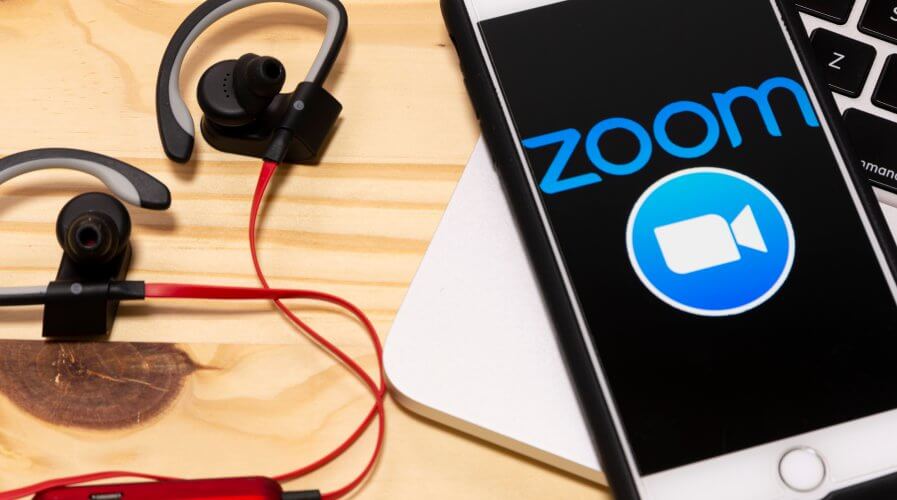

Various studies on blended learning in medical education have shown similar results. It can also be readily implemented alongside traditional learning methods in an existing course. In addition to improving teaching quality, flipped classrooms are flexible enough to allow the implementation of various strategies in response to various course characteristics and the actual learning environment.

And the flipped classroom model is the most common type of blended learning for undergraduate students. The blended learning model contains six variations: flipped classroom, guided classroom time, integrated classroom time, capstone/independent learning, project-based and self-directed. Two recent meta-analyses have also provided reasonable evidence of its effectiveness in improving learners’ learning skills and their scores. Blended learning has been extensively adopted and may become a new norm in higher education. By providing students with online learning content in advance, flipped classroom learning increasingly engages learners. Blended learning is one such method for facing the challenges of this unique era.īlended learning is an educational strategy that combines traditional classroom activities with online activities in a flipped environment, where the responsibility of the teaching process is transferred to the students who have direct access to the content of the lessons before going to the physical classroom. Therefore, new approaches of histology learning should fit the needs and workloads of MBBS students in China.
#Dingtalk classroom how to
This means that histology educators and learners must keep up with the relevance and depth of the comprehensive knowledge required and know how to apply histology to related courses, clinical cases, and medical research in the current integrated curriculum trends. In contrast to the USA and other countries, the MBBS students in China’s 5-year program who are enrolled from high school directly are required to complete 5.5–6.0 classroom hours in each class day for general arts courses and fundamental medical courses (such as systematic anatomy and histology) during year 1. In a general medicine degree program in China, 32–36 classroom hours in the histology practical are instructed by teachers in late academic year 1 or year 2–3, depending on the curriculum. In the histology practical, undergraduate students in medical school usually read the normal microstructures from glass or virtual slides and identify relationships between various cells and tissues of the human body to understand their corresponding functions.

In the flipped classroom with a blended learning process of histology practical, enhancing the quality of online learning boosts student satisfaction and improves knowledge learning peer-to-peer interactions and instructor-to-peer interactions in the physical classroom improved knowledge construction. There were significant correlations ( r = 0.581, P < 0.05) between online learning and the other three blended learning strategies. The results of the questionnaire showed that participants of FPCR-BL positively rated the online learning and preview test, with a cumulative percentage of 68.31%, were more satisfying than other learning activities of blended learning. FPCR-BL and FVCR-BL students had higher classroom quiz scores than the PCR-TL students owing to the contribution of blended learning. The results clarified that FPCR-BL students obtained higher final exam scores and were more likely to engage in face-to-face interactions with instructors than FVCR-BL students. Data of scores and scales were analyzed with Kruskal–Wallis test and Kolmogorov–Smirnov test in SPSS Statics software. Same learning requirements were given for 3 groups all informative and summative scores of students were collected a questionnaire of student satisfaction for blended learning activities were surveyed in 2021. Students were split into FVCR-BL group ( n = 146) due to COVID-19 pandemic in 2020 or were randomly allocated into FPCR-BL group ( n = 93) in 2021, and retrospectively, students with traditional learning in 2019 were allocated into traditional learning model in a physical classroom (PCR-TL) group ( n = 89). MethodsĪ blended learning of histology practical was flipped in a virtual classroom (FVCR-BL) or in a physical classroom (FPCR-BL) in School of Medicine, Zhejiang University in China. Since COVID-19 necessitated the application of online learning in Histology practical for MBBS students, the effectiveness of the blended learning model on teaching quality has required additional attention. The flipped classroom blended learning model has been proven effective in the teaching of undergraduate medical courses as shown by student acceptance and results.


 0 kommentar(er)
0 kommentar(er)
